If you’ve ever felt like your brand doesn’t fully reflect your business—or you’re gearing up for a rebrand and wondering what’s actually important—this post is for you. 🎙️ This topic comes straight from an episode of my Engage Your Brand® podcast, where I share the seven brand assets your business needs (like, yesterday). You can listen on Spotify or Apple Podcasts, or hit play right here.
Whether you’re a wedding pro, creative entrepreneur, or small business owner, today we’re talking about the brand assets that can make or break your ability to show up consistently and confidently online
A cohesive brand isn’t just about having a pretty logo. It’s about building visual recognition, trust, and a seamless client experience from start to finish.
Let’s dive into the seven brand assets your business needs (like, yesterday), plus the file formats and strategy tips to make them work for you—not against you.
📌 TL;DR: Building a consistent, strategic brand starts with having the right brand assets in the right formats—organized, intentional, and ready to be used.
First, What Are Brand Assets?
Brand assets are all the visual, digital, and stylistic elements that make up your brand identity. Think logos, color codes, font files, patterns, and client-facing templates. These are the pieces that come together to help you show up consistently on your website, social media, emails, and beyond.
If you’ve invested in a professional brand (or are planning to), your brand assets are what ensure that investment actually pays off. It’s one thing to have a designer create a gorgeous visual identity, but if you don’t have the right files or clear direction on how to use them? Your brand falls flat—and that’s a waste of your time, energy, and money.
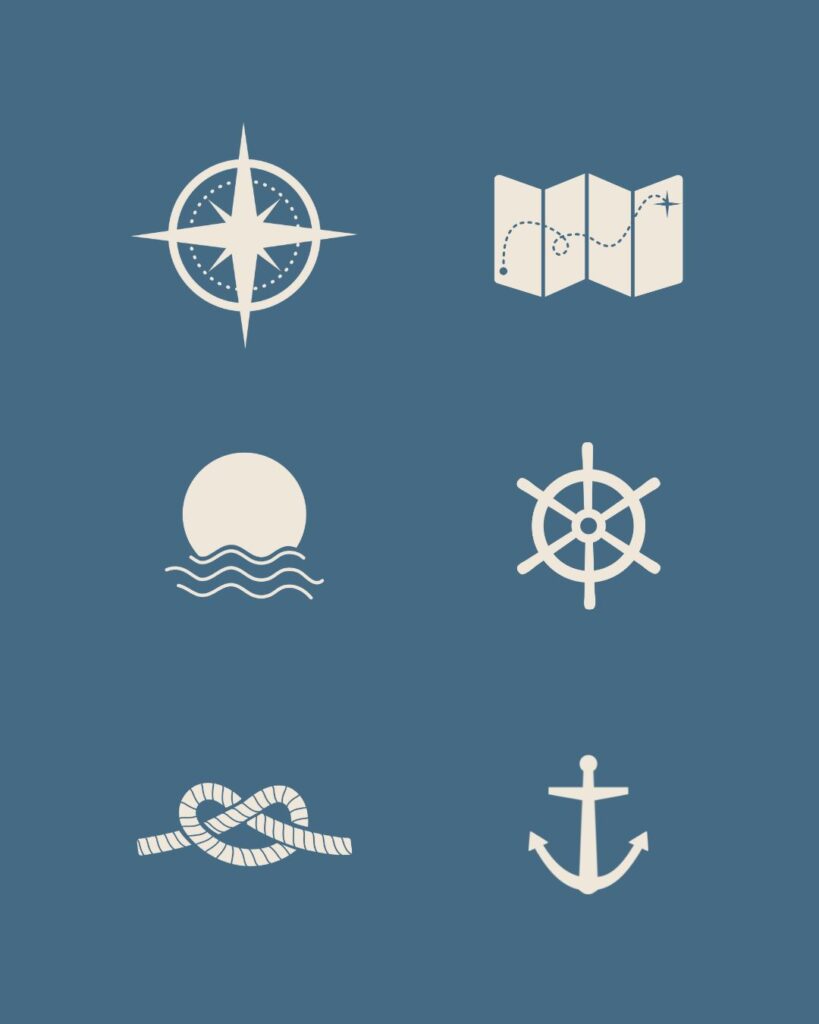
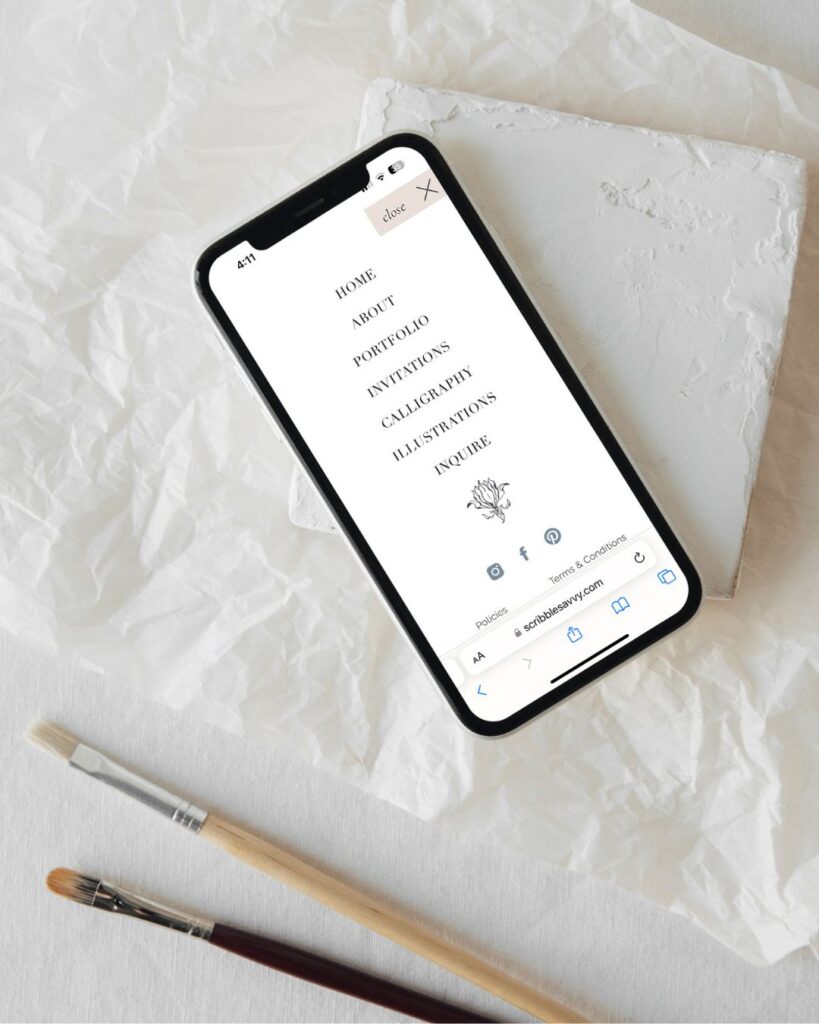

Why Do Brand Assets Matter?
Here’s the thing: people need 5–7 brand impressions before they even remember your brand. If your logo looks one way on your website, another way in your email signature, and totally different on Instagram? That’s a missed opportunity.
Strong brand assets allow you to:
- Show up consistently (so your clients remember you)
- Establish trust with potential customers
- Build visual recognition across every platform
- Create an elevated, professional presence without second-guessing your materials
And bonus: Forbes found that consistent brand presentation increases revenue by up to 23%. So yes, it’s a big deal.
The Foundation: Understanding File Formats
Before we dive into the seven essential brand assets, let’s break down something nobody talks about until it’s too late: file formats.
You need your brand assets delivered in the right file formats so you can actually use them in all the places your business shows up. Here are the three key file categories:
1. Color Formats
- Hex codes – For web + Canva use. (Example: #FFFFFF for white)
- RGB codes – Red, Green, Blue values for digital design
- CMYK codes – Cyan, Magenta, Yellow, Black for printing
- Pantones – For pro-level printing, like signage and packaging
2. File Types
- Raster files (PNG, JPG) – For digital use; limited scalability
- Vector files (PDF, EPS, AI) – For scalable, high-res printing + editing
3. Sizings
- High-res files (300 PPI) – Best for printing and large display
- Low-res files (72 PPI) – Ideal for email signatures and online use
✨ Pro Tip: Always ask your designer for editable vector files, and store them in a well-organized folder. Your future self will thank you.
The 7 Brand Assets You Need
Now that you’ve got the foundational knowledge, let’s talk about the actual brand assets your business can’t live without.
1. Primary Logo
This is your main brand mark—often including your business name, service type, and tagline. It’s what shows up on your website header, invoices, and any branded collateral.
What to ask for:
- Color variations (including black and white)
- Horizontal and vertical layouts
- Transparent backgrounds (for overlays!)
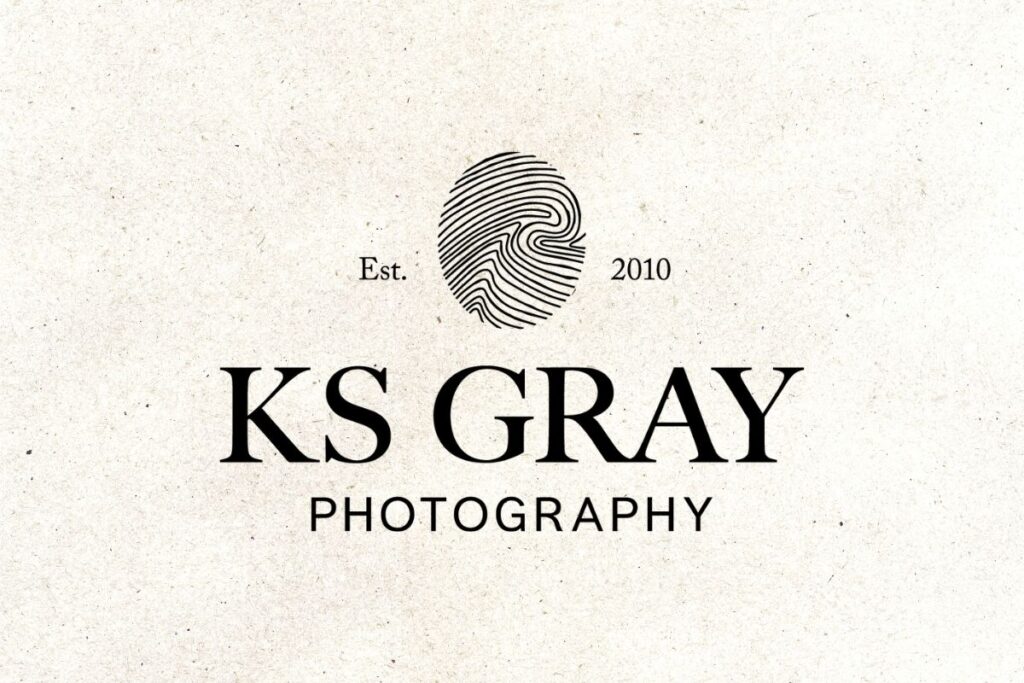
2. Secondary Logo + Submark
These are alternate versions of your logo—like stacked versions, monograms, or icons—that help you apply your branding flexibly across platforms.
Use these for:
- Instagram profile icons
- Website footers
- Business cards or stickers
- Your website favicon
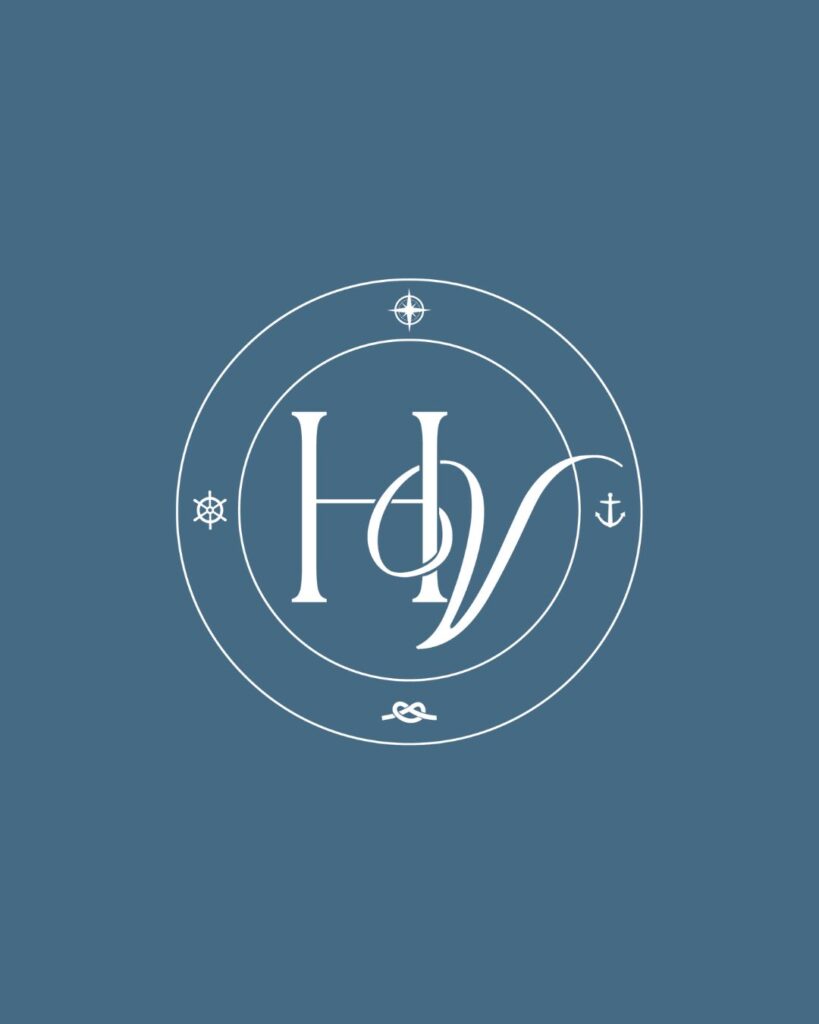
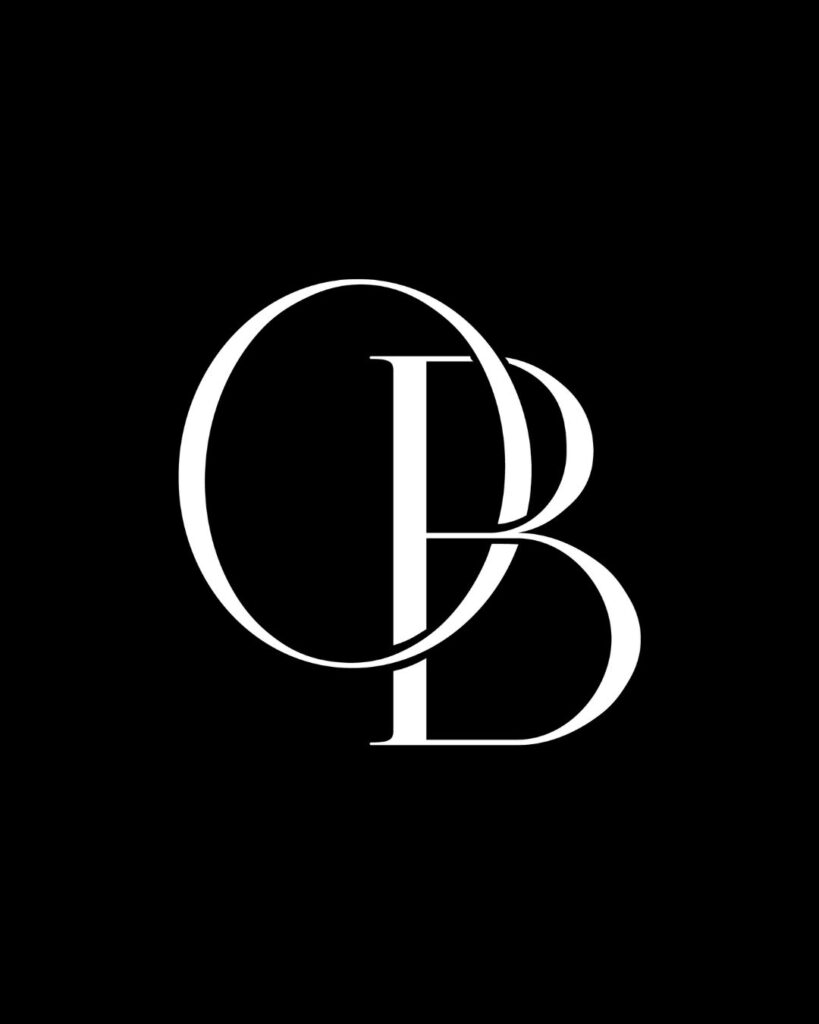
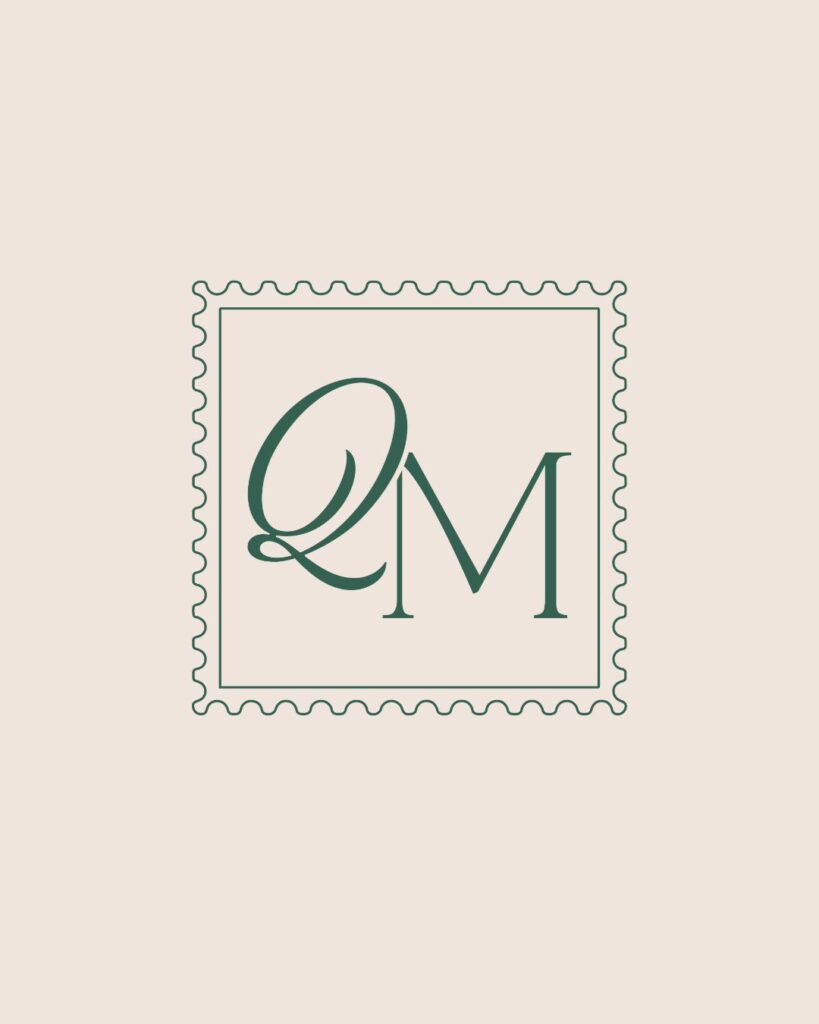
3. Color Palette
Color isn’t just aesthetic—it’s psychological. The right color palette can make your brand feel calming, luxurious, bold, playful…whatever matches your vibe.
💡 Aim for 4–8 complementary colors (neutrals + accents) with high contrast for flexibility across design platforms.
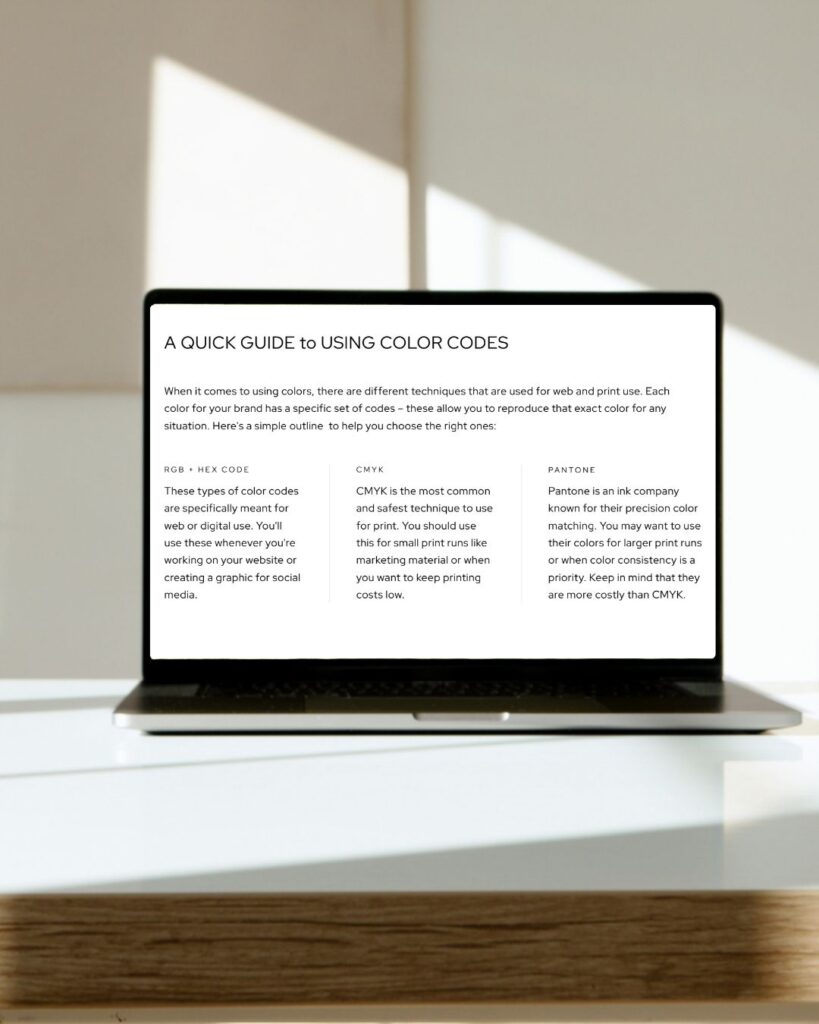
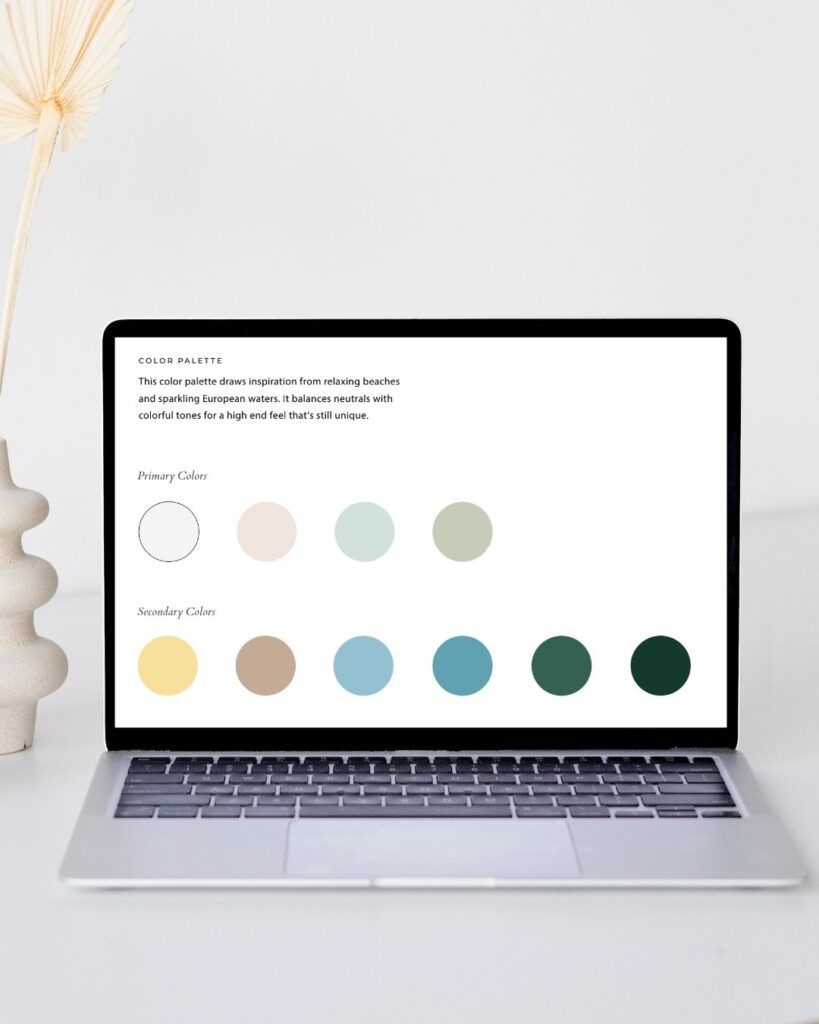
4. Typography Suite
Your brand fonts should be consistent across your site, proposals, social posts, and printed materials. Think:
- A bold header font
- A clean, readable body font
- An optional accent font (like a script or italic)
Make sure you also have your font files (*.ttf or .otf) saved somewhere you (and your team!) can easily grab them.
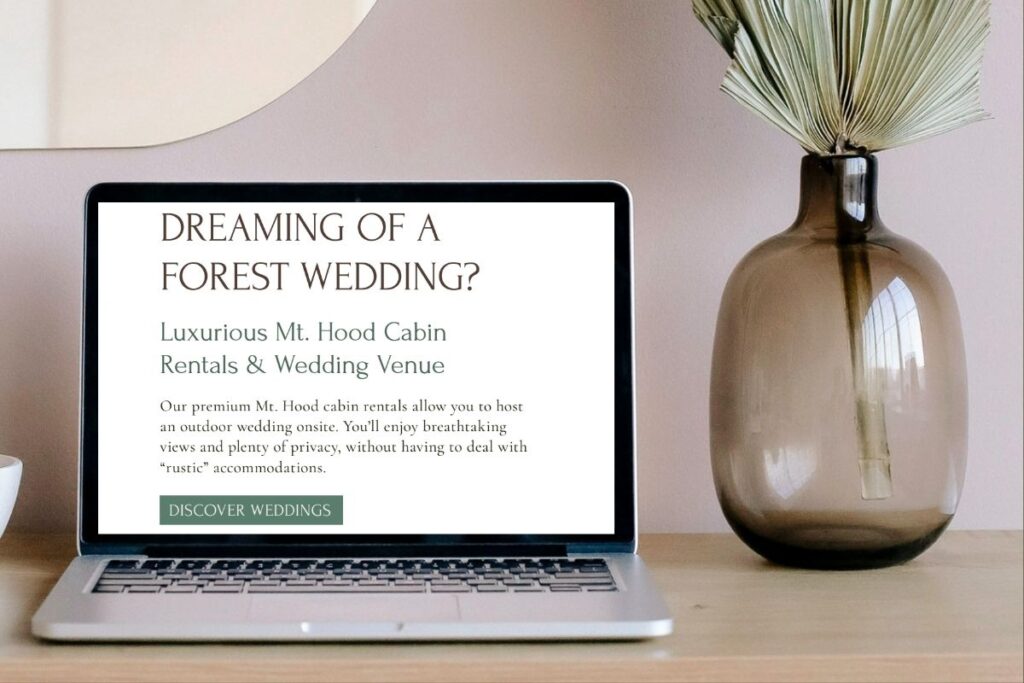
5. Patterns or Textures
These add depth and dimension to your visuals. They can be custom illustrations, subtle textures, or repeating icons from your brand elements.
Ideas:
- Watercolor backgrounds
- Monogram step-and-repeat
- Floral or geometric patterns
- Linen or paper-inspired textures


6. Photography Style Guide
This one’s often overlooked, but so helpful—especially when prepping for a brand shoot or sourcing stock photography. Your style guide should include:
- Mood + tone direction
- Color matching with your palette
- Preferred lighting styles
- Types of content (product, people, behind-the-scenes)

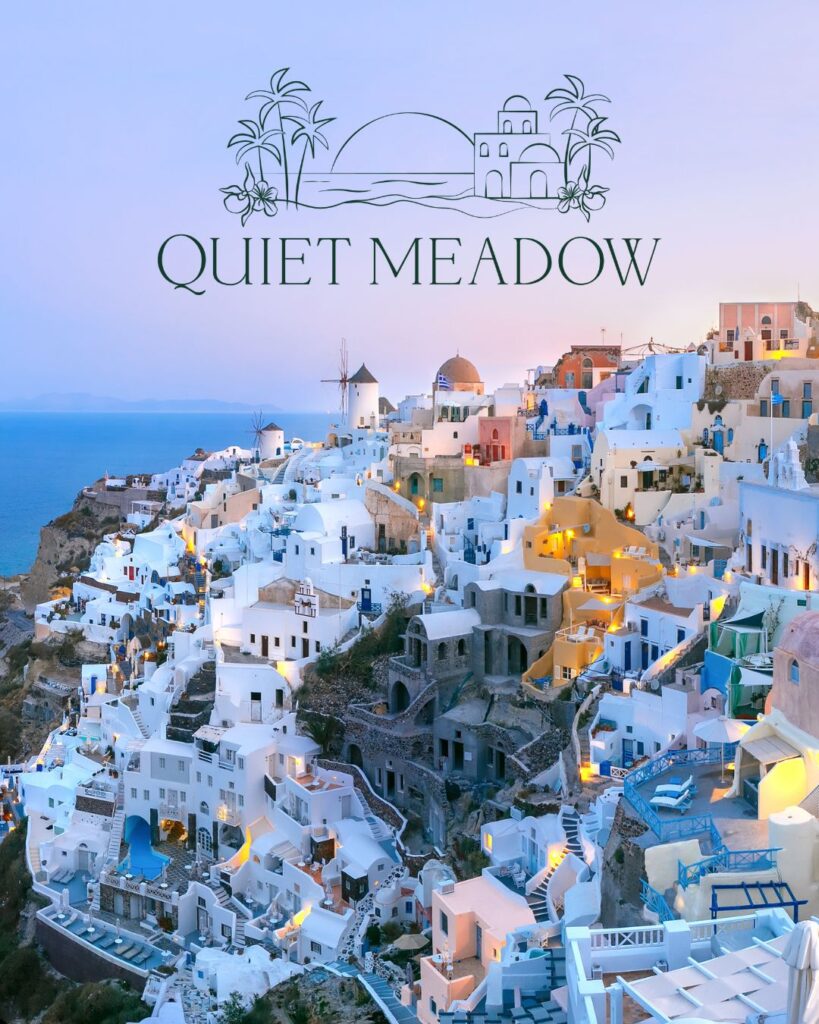
7. Your Website
Yes, your website is a brand asset. It’s where all the other brand elements come to life and where your clients experience your business for the first time.
Your site should reflect your visual identity and feel consistent with your social media, onboarding materials, and client experience.
If you’re rebranding, make sure your site gets the refresh it deserves. A designer-built brand deserves a designer-built website.
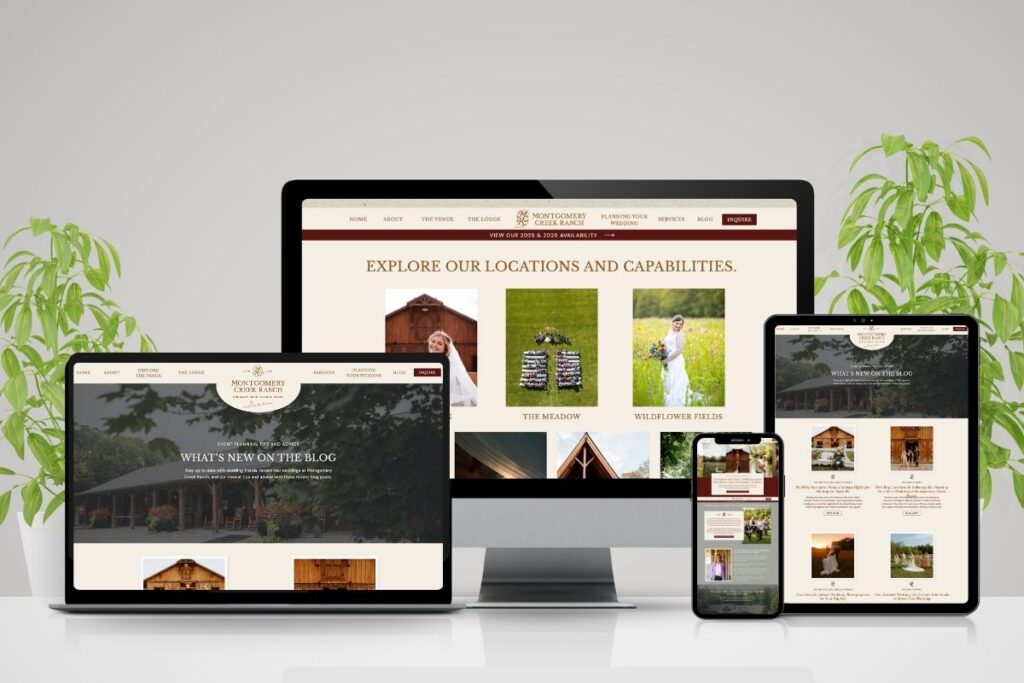
Bonus: Your Brand Guidelines Document
This isn’t technically part of the seven, but it is the glue that holds it all together. Your brand guidelines should include:
- Logo usage rules
- Color palette with all codes
- Font pairings and hierarchy
- Photography moodboard
- Visual examples and dos/don’ts
And don’t forget to keep your brand assets and guidelines easily accessible—preferably in a shared folder (like Google Drive or Dropbox) for your team, VA, or any vendor who needs them.
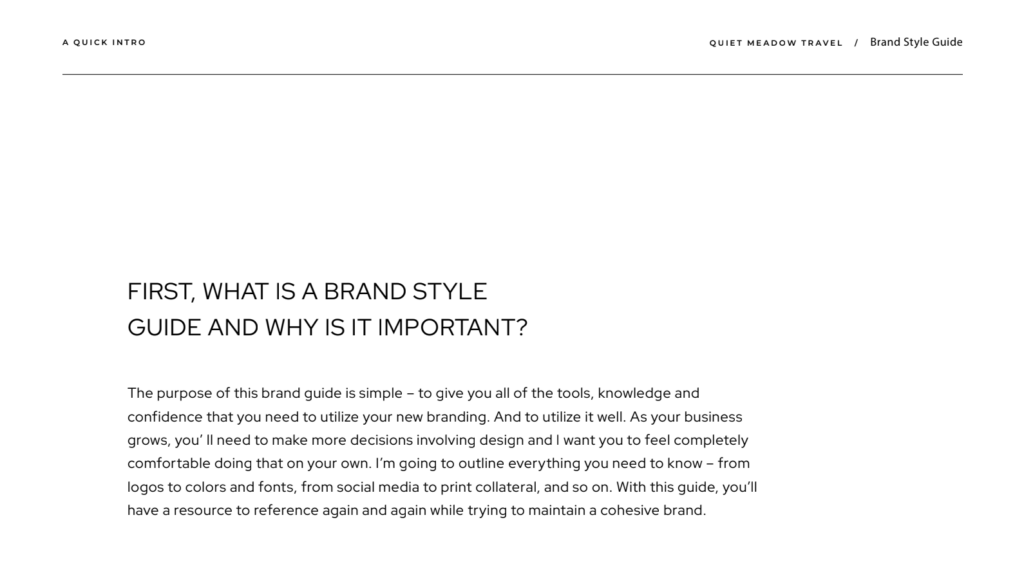
Final Thoughts: Your Brand Should Work For You
Imagine this: your Instagram, proposals, website, and client touchpoints all feel like one seamless, elevated brand experience. You don’t have to scramble for the right logo version or wonder what color to use. It’s all there. Ready. Branded. Aligned.
That’s the power of having the right brand assets in place.
If you’re thinking about a rebrand or website refresh, or want to finally get your visual identity organized, this is your sign to make it happen.✨
Ready to elevate your brand? I’d love to chat. Visit EmilyFosterCreative.com or shoot me a message on Instagram to get started.
Tune in to the Engage Your Brand® podcast for more brand and website inspiration!
Leave a Reply Cancel reply
We respect your privacy.
Copyright Emily Foster Creative, LLC. 2021 - 2025. All rights reserved.
hello@emilyfostercreative.com
Brand photography by Lena Crocker Photo, Ciara Corin Photo, Moon & Honey Photography and Enliven Photography
Powered by podcasts and tea.
Designing out of Portland, Oregon for creatives around the world.
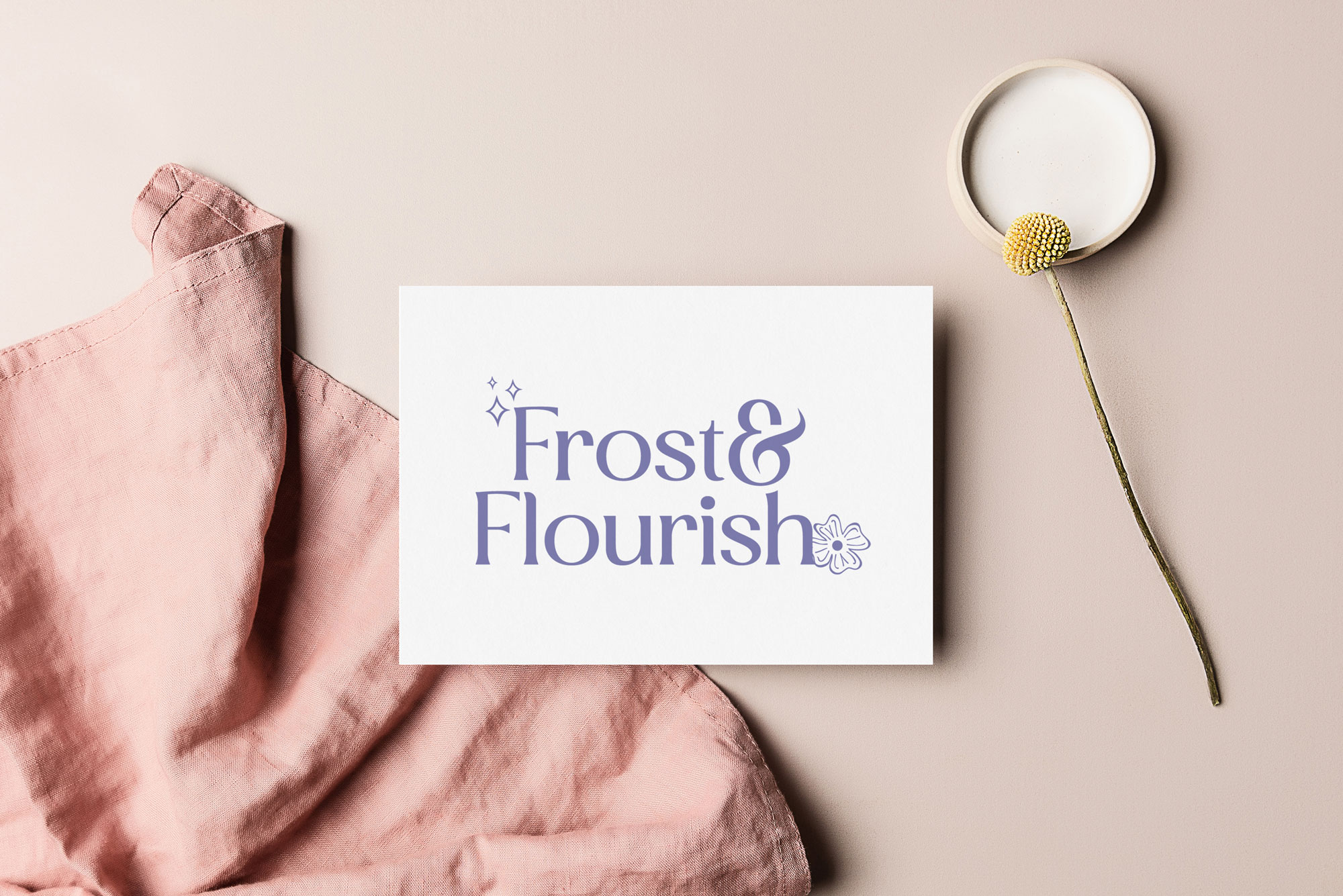
Be the first to comment